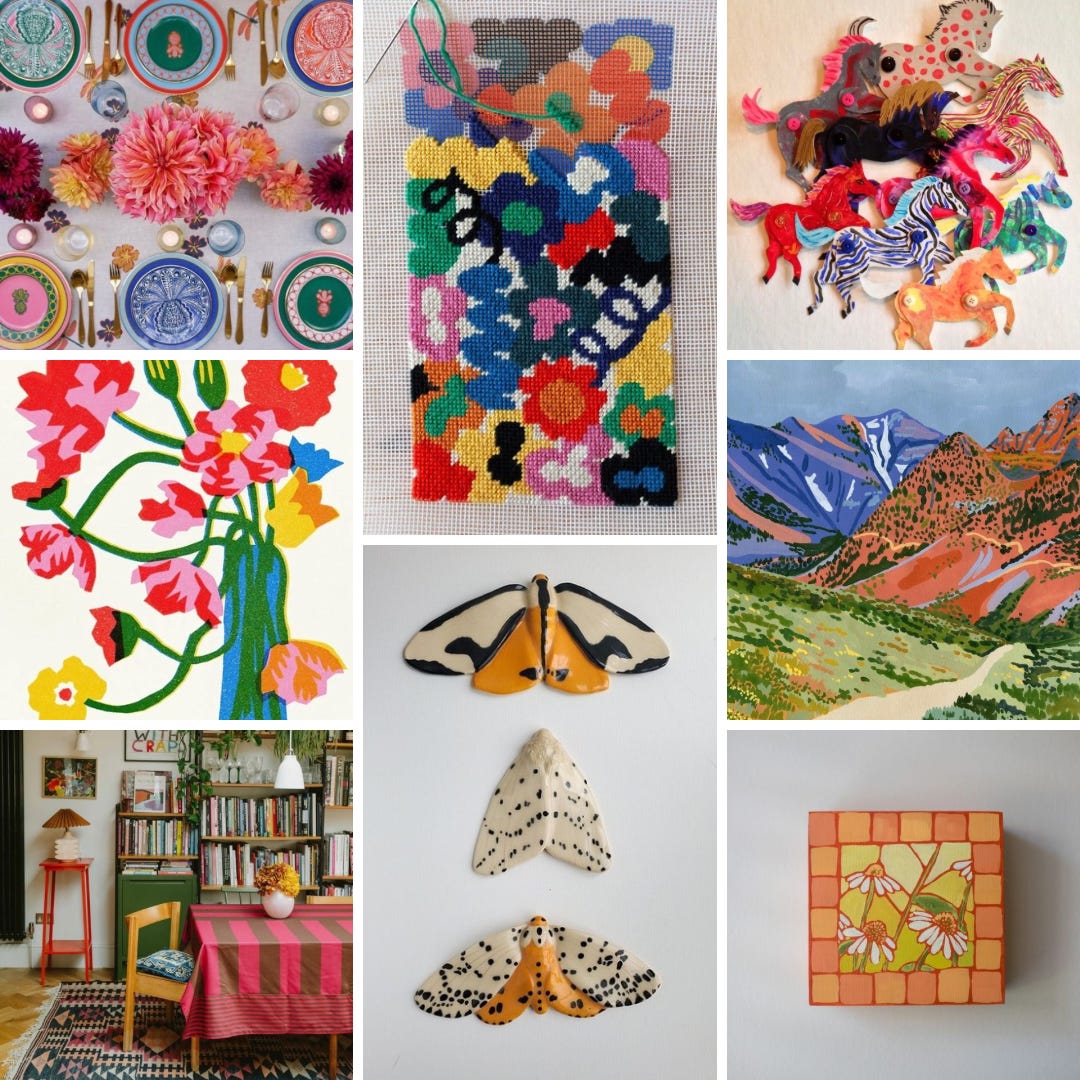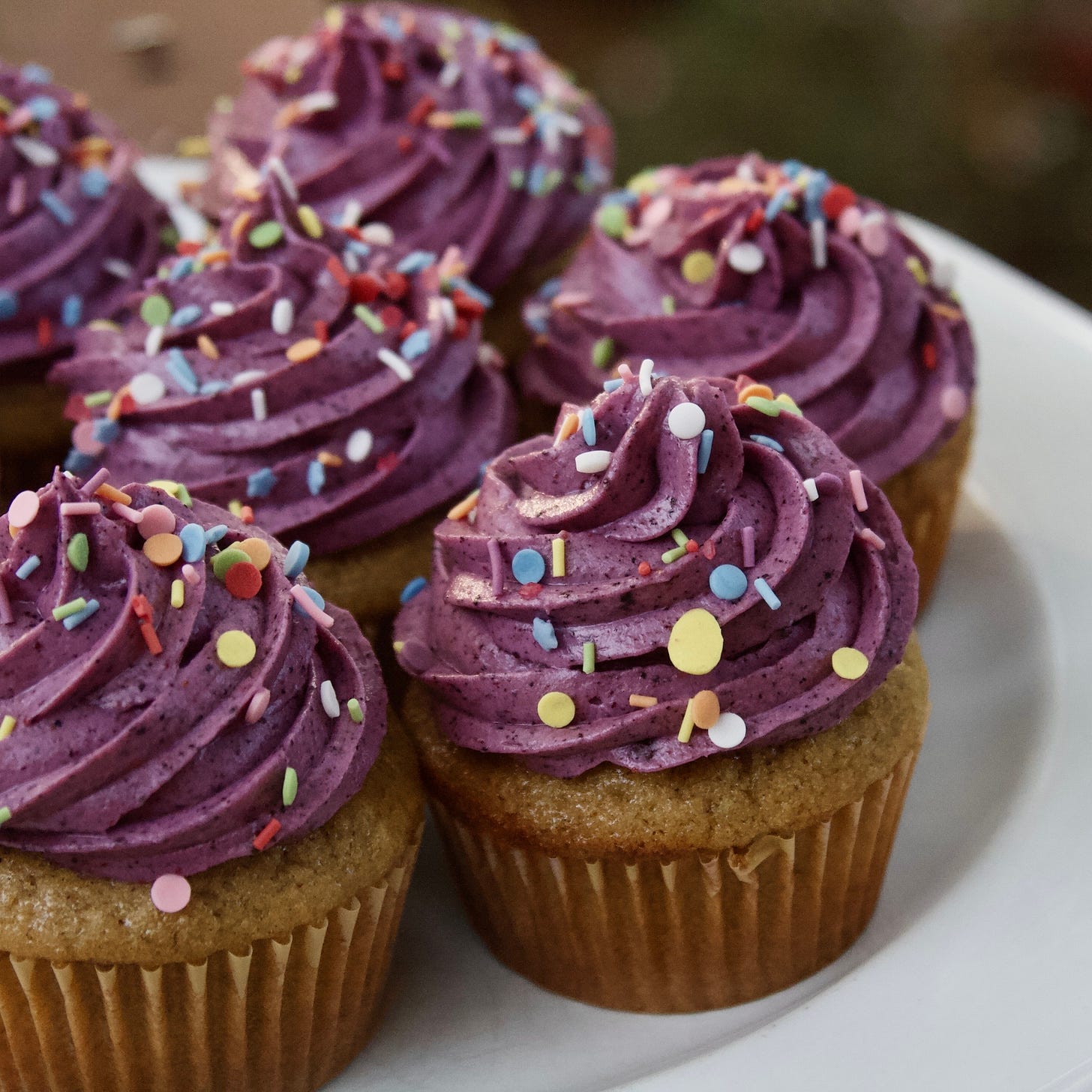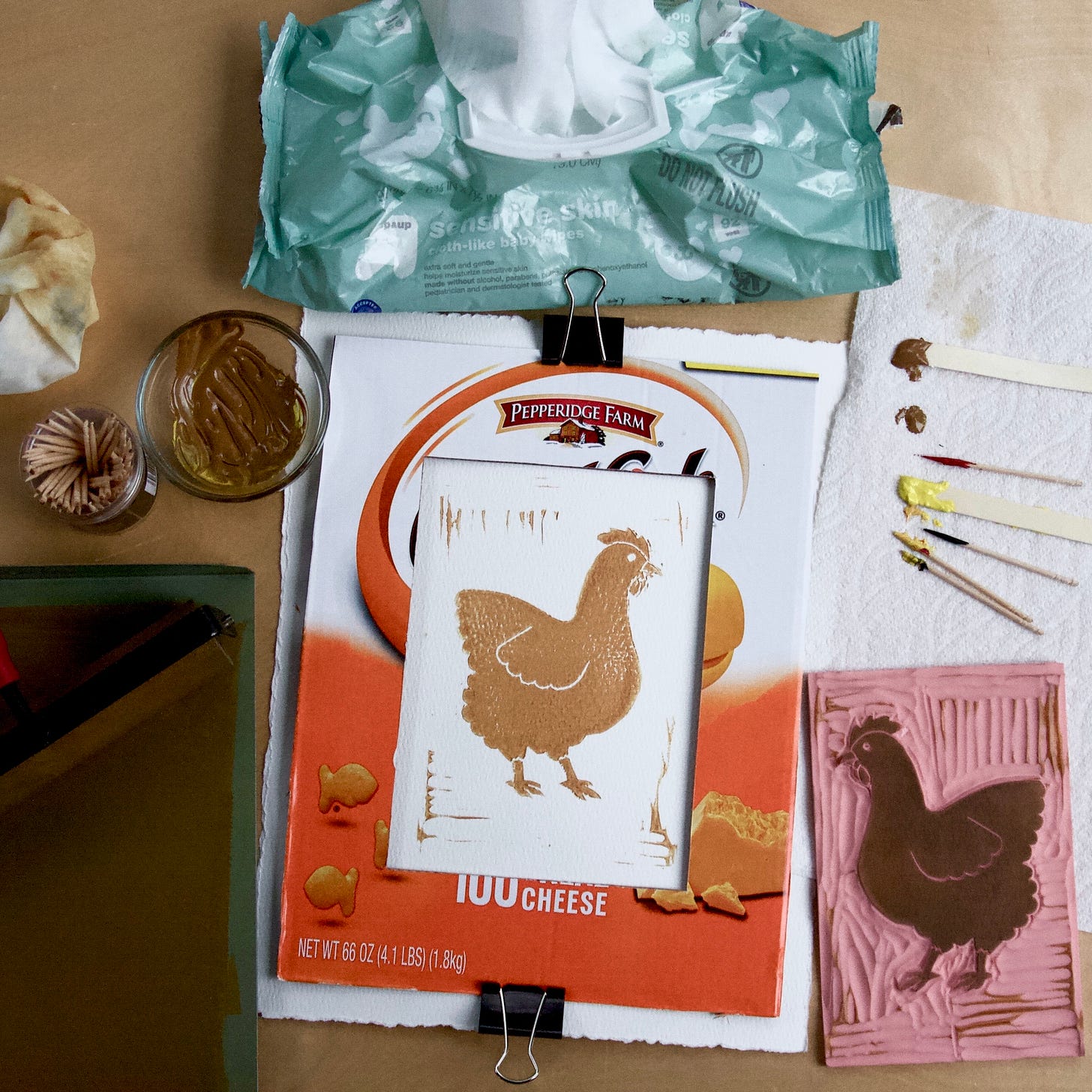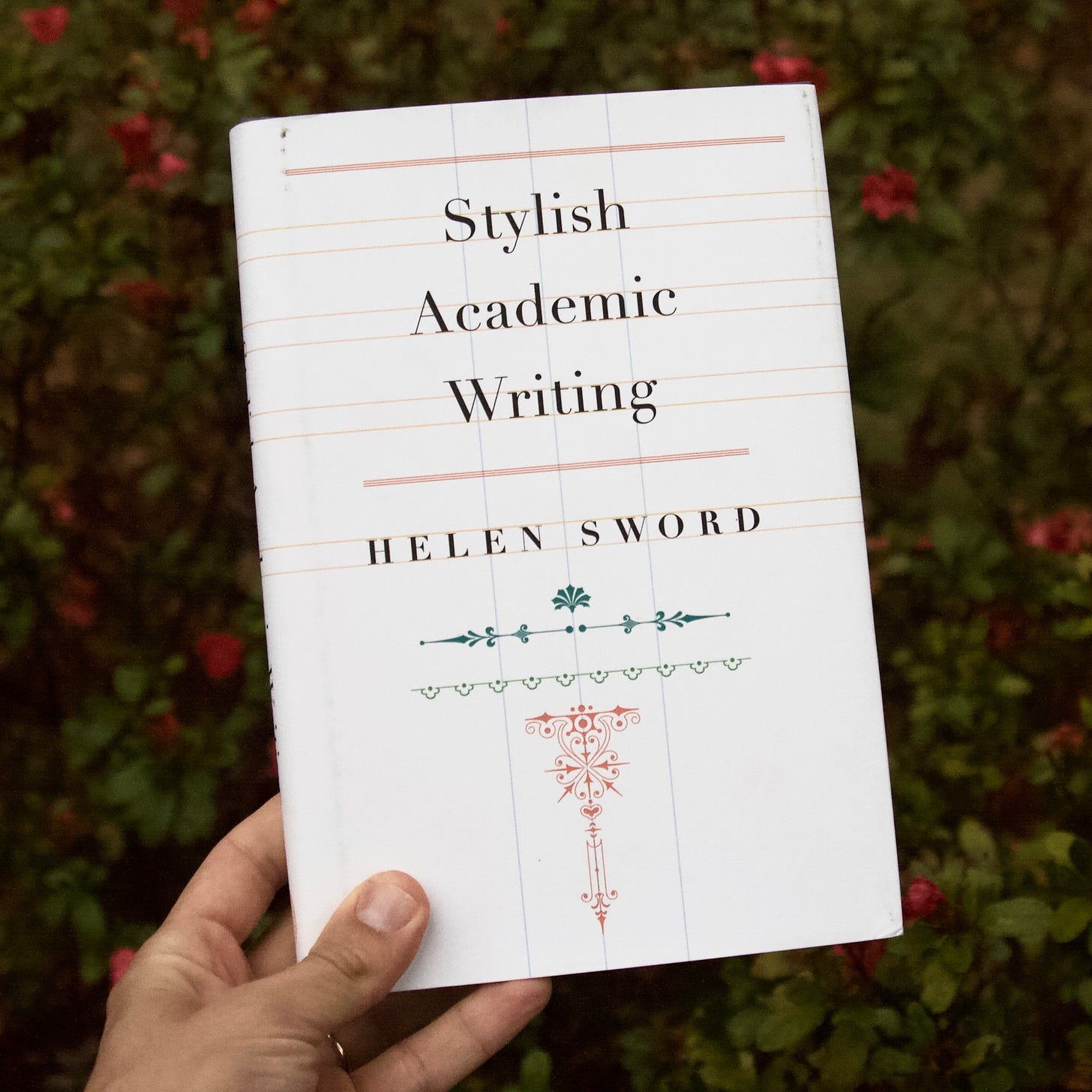11|24: This embodied month.
A monthly newsletter about God's grace in the little, precious, tangible particularities of a life.
Hi neighbors,
Once each month, I interrupt the typical broadcast of more serious posts with something of a lighthearted test case of the primary message I have been preaching—that the Spirit is present in and wants to lavish grace upon all of your embodied experiences.
Simply put, I want to tell you where the life-giving Spirit is meeting me through tangible means, and I want to encourage you with a few important reminders:
This is your monthly reminder that your Good Father delights in your non-aesthetic moments too.
This is your monthly reminder to let aesthetic beauty build in your heart a bright hope for a world that is to come rather than an anxious attachment to the world where moth and rust destroy.
This is your monthly reminder that whatever your heart is looking for, at the deepest level, it will be found in Christ—and if you are a member of the body of Christ, then it is most likely to find sustainable relief as you invest your whole self into the life of that body.
This is your monthly reminder to stay hydrated, to wear sunscreen, to eat plenty of protein and fiber, to move your body regularly in ways that feel good to you, to get enough sleep, and to floss your teeth. (Not because these habits make you a better person—just because they will make you feel better, body and soul!)
This is your monthly reminder that I am praying for you—by name or by email address if you are a subscriber, or in thought if you are just passing through. I firmly believe that the very God who created you loves you, delights in you, and desires to heal your pain and restore your heart to life and wholeness.
So without further ado, this is my embodied month—November 2024.
What is inspiring me?
What am I eating?
I can’t take credit for this idea; I learned it from the ever-helpful Sally’s Baking Addiction. But it’s too good not to share. Did you know that if you want colorful frosting, but don’t want to use artificial food coloring, you can add freeze-dried berries to the mix? Simply pulse a packet of freeze-dried berries in your food processor until they are ground into a fine powder, then sift the powder through a fine mesh sieve (there will likely be seeds left behind). Add spoonfuls of the powder into your frosting as you mix it until it reaches your desired tint. Of course, this tip is only helpful if the flavor of the berries accompanies the flavor of your cake, but you still have many options! My son requested these banana cupcakes with blueberry frosting for his birthday, but a chocolate + raspberry or vanilla + strawberry combination would also be delicious.
What ordinary object is dear to me?
Rather than spotlighting a single object, I want to talk about a collection of objects—specifically, the objects comprising my linocut setup.
Artists usually become artists because we are aesthetically-minded people. We appreciate beauty and order not just in pieces of artwork, but also in our surroundings. As a result, art supply retailers can often persuade us with ease to “invest” not only in quality materials, but also in beautiful tools and accessories with which to build our studios. There is no end to the list of products that we could buy supposedly to improve our craft.
I’ve been block printing for a few years now, and I have cycled through many methods of printing involving many diverse tools and accessories. But if I could go back to the beginning, I would advise myself to take it easy buying materials and to work with what I have first. Even after having tried a number of niche products designed specifically for linocut printing, I’ve found that the set-up that works best for me actually includes a number of cheap, everyday objects: cut-up Goldfish boxes and binder clips to center images, popsicle sticks and toothpicks to mix ink, and baby wipes to clean up after myself.
I still buy high-quality ink and paper for final prints. But I’ve finally come to realize that if I want to incorporate creativity into my life sustainably, I need to accept that not everything has to be beautiful all the time. Or rather, perhaps I’ve come to appreciate that there’s more beauty to be found in resourcefulness than there is to be found in the accumulation of stuff. Either way, I love working with the somewhat haphazard collection of DIY supplies I’ve cobbled together. It feels unique to me, and that uniqueness improves rather than hinders my creativity.
What am I listening to?
No subtext; just vibes.
What am I reading?
I’m going to let you in on a little secret of us “creative types”: Most of what passes for creative talent is actually just a matter of following rules. This principle became clear to me in the art classes I took in college, as my professors encouraged students to dedicate significantly more effort toward perfecting our skills by copying the masters than they did toward chasing our own ideas. Only an artist who knows how to follow the rules will have developed healthy soil in which their creativity can take root and grow.
A few weeks ago I read a piece from Mockingbird that cited an interview with legendary songwriter Nick Cave. He made a similar point:
As a songwriter, I am primarily concerned with artistic freedom – freedom of expression, belief and imagination. What it takes for me to pursue these freedoms – to feel genuinely free – has paradoxically something to do with order and constraint. … Freedom finds itself in captivity. Disorder, randomness, chaos and anarchy are where the imagination goes to die, or so I’ve found.
Good writing also requires a commitment to the rules. What looks like an “elegant turn of phrase” is actually just proper syntax. What looks like ingenuity is actually just an author filling in a mental Mad Libs sheet, knowing that the specific is always more compelling than the general. Every writer has a distinct voice and chooses some rules to break, but most are working from the same set of basic principles.
I’ve been proofreading for over a decade now, so most of the rules of good writing I already know, at least at the grammatical level. But now that I’m writing my own work, I have felt hungry for a refresher in the compelling composition of prose. My first step was to re-read Strunk and White’s quintessential guide The Elements of Style, which, if I won the lottery, I would buy for every student in America. (After re-reading it, I ended up culling a full thousand words from a manuscript I had been working on.)
Now I’m reading this book, of which I’m thankful my husband made me aware. Although I’m not producing academic writing per se, I am writing nonfiction that engages with academic themes. However, since I am not writing to an academic audience, it is all the more important to me that I learn how to articulate abstract ideas in approachable language. (Conveniently for me, even if my audience isn’t “academic,” it’s at least intelligent!) I’m only a third of the way into Sword’s book, but already I have learned many helpful tips, and I hope that my future writing will bear the marks of her advice. I’m far from a perfect writer, but it’s a joy to continue learning.
Now what about you?
All recommendations—for recipes, for books, for movies, for music, for art, or for any other material experience that cheers your heart—are more than welcome in the comments. What are the rest of us missing out on that you just can’t wait to share with somebody?
Until next time—
Affectionate thanks,
HLS








